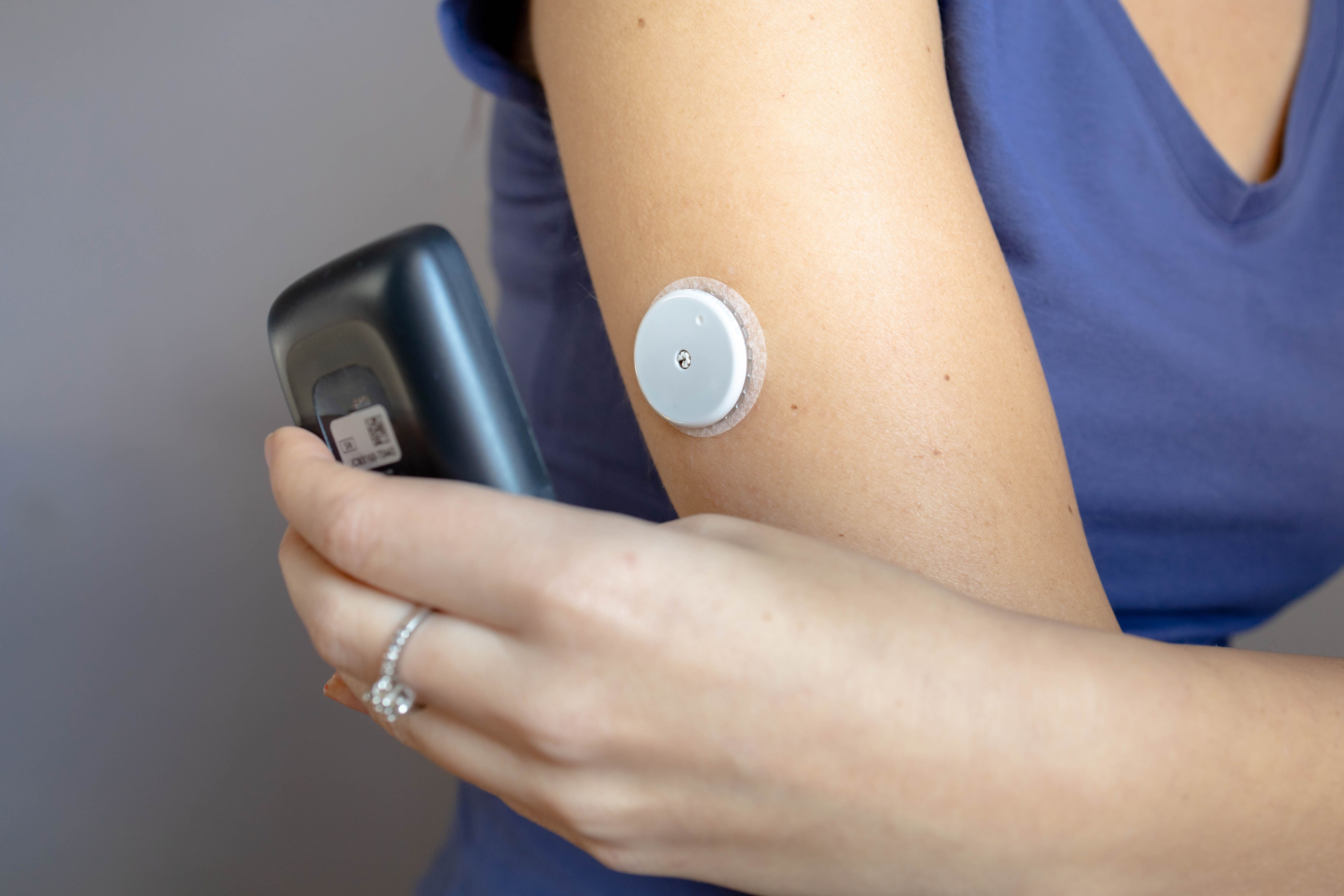News
Article
FDA Gives Clearance to 2 OTC Continuous Glucose Monitoring Systems
Author(s):
Continuous glucose monitoring systems offer timely biofeedback for patients with type 2 diabetes.
The FDA gave clearance to 2 OTC continuous glucose monitoring (CGM) systems, Lingo and Libre Rio (Abbott), for general consumers looking to improve their overall health and adults with type 2 diabetes who do not use insulin and rely on lifestyle modifications for disease management, respectively. The clearance accelerates commercial distribution of CGM devices to the general public, offering patients advanced ways to monitor and manage their blood glucose levels.
By promoting timely biofeedback and facilitating early intervention, CGM systems have the potential to improve health outcomes and reduce the risk of complications associated with diabetes and other metabolic conditions. Image Credit: © stivog - stock.adobe.com

CGM systems are devices attached to the body that provide individuals with real-time blood glucose level updates delivered to a smartphone, eliminating the need for finger prick tests. The device gives patients with diabetes more comprehensive details about their blood glucose levels, which can provide health care professionals with more crucial information when adjusting treatment plans. Additionally, it promotes more timely biofeedback that allows individuals to modify their dietary patterns or insulin dosage to reduce risk of hypoglycemia and hyperglycemia. According to the American Diabetes Association, patients with type 1 and type 2 diabetes who use a CGM have fewer instances of hypoglycemia and a lower A1C.1
Lingo is designed for general consumers 18 years and older who want more personalized insights and customized coaching to improve adherence to healthier habits and retrain their metabolism. Alternatively, Libre Rio is the first OTC system for individuals 18 years or older with diabetes who do not use insulin and rely on managing their condition through lifestyle modifications.2
The Lingo system for general consumers is a biosensor worn on the upper arm that continuously delivers blood glucose data to a coaching application on a smart phone. The device is worn for 14 days and continuously provides valuable information about the body’s reaction to food, exercise, and daily stressors. It offers individuals a better understanding of their overall metabolic health to identify potential risk factors that may require early intervention, potentially preventing development of cardiovascular disease, Alzheimer disease, some cancers, and diabetes.2
Libre Rio is a second OTC CGM system designed specifically for individuals with type 2 diabetes who do not use insulin. The system has a 40 to 400 mg/dL measurement range to better identify extremely high or low glucose events, making it easier to prevent hypo- or hyperglycemic episodes. It consists of a biosensor worn on the back of the arm for 15 days paired with a smartphone application that displays glucose levels. Due to its availability OTC, patients will not need a prescription and can easily try it to help them decide if CGM systems help them meet their health goals.2
By promoting timely biofeedback and facilitating early intervention, CGM systems have the potential to improve health outcomes and reduce the risk of complications associated with diabetes and other metabolic conditions. As these innovative devices become more readily available to consumers, they represent a promising step towards a future where proactive health management is accessible to all.
"Continuous glucose monitors are a tool I recommend to my patients to raise their overall awareness of factors that affect their glucose and are an invaluable holistic wellness solution," Fred St. Goar, MD, cardiologist and medical director of El Camino Health Heart and Vascular Institute said, in an interview. "Research has shown that overall lower glucose exposure in the general population is associated with reduced long-term risk to developing cardiovascular disease, diabetes, Alzheimer's and certain cancers. Making continuous glucose monitors widely available will undoubtedly have a dramatic effect on the overall health and well-being of the broader population."2
References
- Continuous Glucose Monitors. American Diabetes Association. Accessed June 12, 2024. https://diabetes.org/advocacy/cgm-continuous-glucose-monitors
- Abbot received U.S. FDA clearance for two new over-the-counter continuous glucose monitoring systems. Abbott. June 10, 2024. Accessed June 12, 2024. https://abbott.mediaroom.com/2024-06-10-Abbott-Receives-U-S-FDA-Clearance-for-Two-New-Over-the-Counter-Continuous-Glucose-Monitoring-Systems





